With the holidays quickly approaching and schools ready to close for winter break, how can parents keep their young kids out of mischief and their minds sharp?
Joyce Fine, associate professor of reading education, and Maria Tsalikis, senior instructor of reading education at the School of Education and Human Development, share five books that will keep children entertained and kick their imaginations into high gear over the break.
This wordless picture book is an excellent way to “tell” stories. Children rely on the illustrations to tell them what is happening in the pictures and more importantly to connect the pictures to create a story.
This type of interaction with wordless books and the prompted dialogue enriches oral language development. It also provides opportunities for children to handle books and practice “text book story language” such as phrases like “Once upon a time…”
When “reading” these type of books, it’s good for parents to allow their child to predict what they think will happen in the next illustration and to discuss why they think events take place in the story.
Best of all, since there is no scripted story, young children can be creative in their narratives, coming up with countless versions of the story on multiple read-throughs.
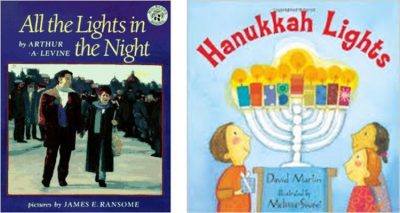
All the Lights in the Night by Arthur A. Levine & Hanukkah Lights by David Martin
All the Lights in the Night is about two young brothers who find a way to celebrate Hanukkah while making a dangerous journey to a new life. Written for children who are 6 months to 2 years old, Hanukkah Lights book tells how to celebrate Hanukkah by eating latkes, spinning dreidels, and giving and receiving presents.
These books are important, especially to Jewish children because so much is typically centered around Christmas that it is good to have books about the Jewish festivals, too. Other children raised in households where parents have both religious traditions or other religious traditions may also want to share information about the way those holidays are celebrated.
There is excitement in all the illustrations as well as a sense of family, traditions being shared, and love.
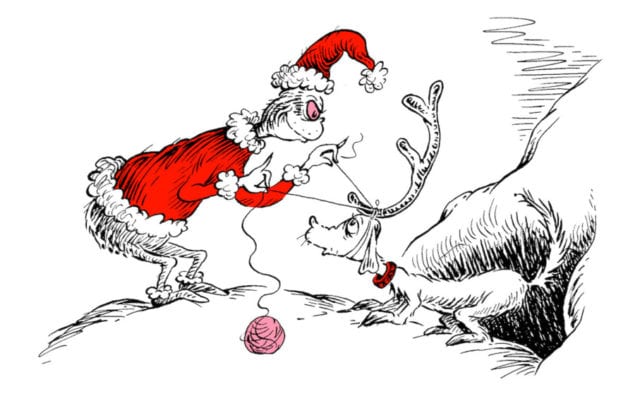
How the Grinch Stole Christmas by Dr. Seuss
While this story has become highly commercialized in recent times, the original version is a great story to read out loud to children.
The story itself teaches about giving and the value and worth of others. The rhyming pattern in the book allows children to predict what word may come next, children can “read along” even if they are not even really “reading” the story. Additionally, rhyming patterns allow for the development of phonemic awareness and recognition of word patterns.
It can be read alone or together.
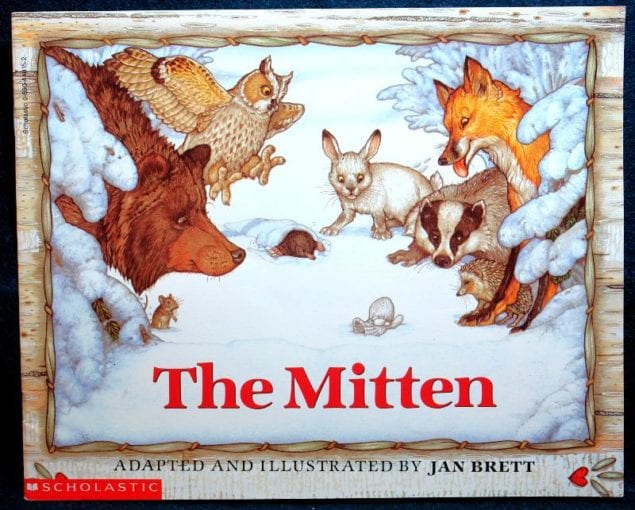
When some forest animals find a mitten in the snow, each animal is curious about what that object is and why it’s there. As it turns out, they all try to get inside the mitten as they try to figure out its purpose.
This story is festive in tone. The illustrations are fun.since young children love to hear stories over and over again, the book is a perfect picture book that can be read and re-read out loud.
When being read to, children not only enjoy a great story while being held by mom, dad, or their grandparents, they observe how the adult reads to him/her and they learn (even if they do not know how to read yet) how to hold a book, turn pages, and very importantly, that the printed page carries a message.
There is always joy in reading with children to bring them into the circle of family literacy, says Professor Fine, who loves to give books to children because they are “gifts that they can opened time after time,” not just once on a holiday.
So go ahead, just try and skip these books over the break…
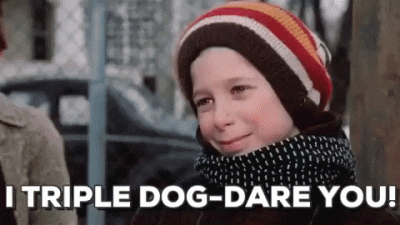


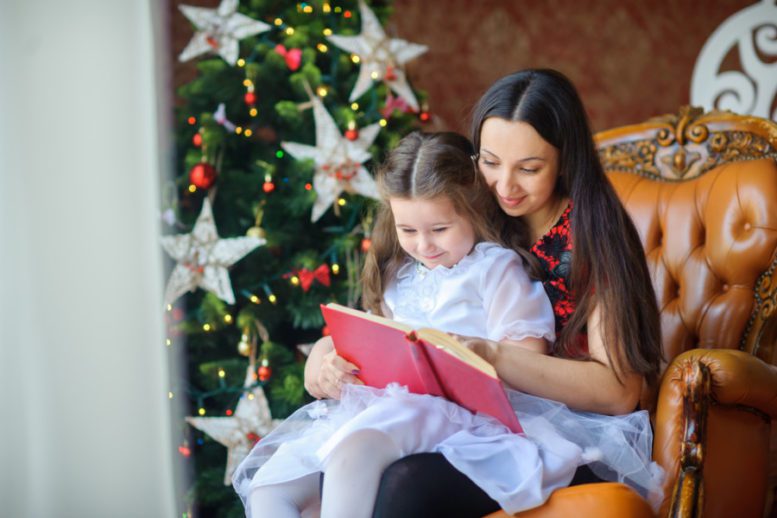
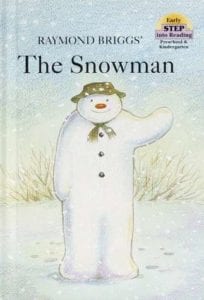 The Snowman by
The Snowman by 


